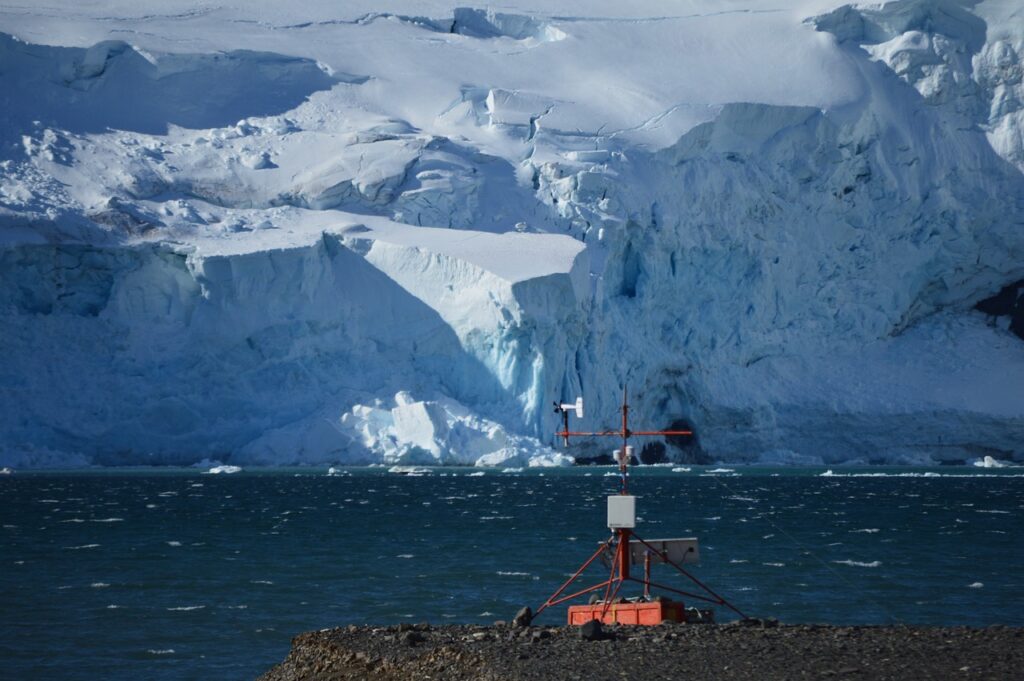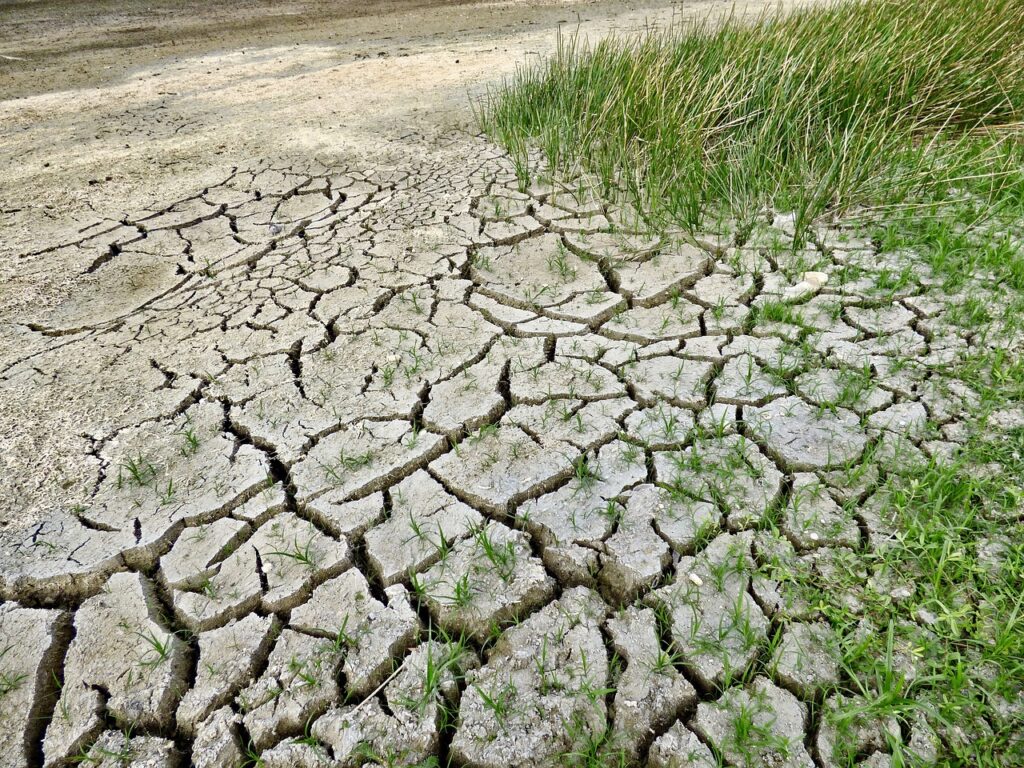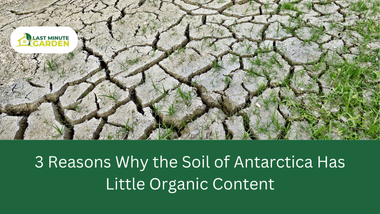
Did know the 3 main reasons why the soil of Antarctica has little organic content? Antarctica may be known for its towering ice sheets and endless expanses of white, but beneath this frozen surface lies a surprising mystery.
Antarctica, often perceived as a barren wasteland, presents a unique environment for studying soil composition and ecology. Despite its vast ice-covered expanses, certain regions of Antarctica are classified as ice-free and contain soil.
However, these soils are characterized by an extremely low organic content, largely because there is little vegetation that can survive in this frigid region and its extremely short growing season.
Why is this so?, This article will highlight the reasons why the soil of Antarctica has little organic content, focusing on environmental conditions, biological factors, and soil composition.
1. Environmental Conditions

One of the main reasons why the soil of Antarctica has little organic content is due to its extreme environmental conditions, characterized by cold temperatures and low moisture levels.
Extreme Climate
Antarctic soils are subjected to some of the harshest climatic conditions on Earth. The continent experiences extremely low temperatures, with many areas remaining frozen year-round.
This permafrost layer limits biological activity and the decomposition of organic materials.
The cold alone is enough to halt the natural processes that create organic-rich soils, but Antarctica’s dryness adds another layer of difficulty.
The continent is technically a desert, receiving less than 5 cm (2 inches) of precipitation annually, mainly as snow, which often compacts into ice without ever melting into liquid water.
The average moisture content in these soils is less than 2%, which is insufficient for sustaining plant life or significant microbial activity. This frozen desert, with its nearly nonexistent rainfall, gives no opportunity for plants or decomposing organic matter to replenish the soil.
Limited Vegetation
The absence of vascular plants across most of Antarctica contributes directly to the low organic content in its soils.
Plants are the foundation of organic matter in the soil, contributing leaves, roots, and other materials that decompose and enrich the soil over time. However, the icy landscape in Antarctica supports almost no traditional plant life.
Only a few resilient mosses, algae, and lichens Only a few regions, primarily the Antarctic Peninsula, support limited plant life such as mosses, algae, and lichens. These plants manage to survive in small patches, often clinging to rocks and ice rather than developing deep roots in the soil.
Organisms such as bacteria, fungi, and small insects are not abundant enough to significantly enrich the soil with organic matter.
In areas where vegetation does exist, the organic layer is thin and often subject to rapid decomposition due to extreme weather conditions.
2. Soil Composition

The composition of Antarctic soils typically includes a high proportion of gravel and sand, with minimal clay content.
Physical Characteristics
Antarctic soils typically consist of loose, sandy materials with little structural cohesion. They are often described as lacking in both nutrients and moisture, which are critical for supporting biological life and organic matter accumulation.
The dominant soil formation process in Antarctica is mechanical weathering, driven primarily by freeze-thaw cycles and glacial movement.
Freeze-thaw cycles occur when water enters cracks in rocks, freezes, and expands, causing the rock to break into smaller particles over time. The soil profile usually includes a surface layer of gravel or stones formed by weathering processes which results in mineral-rich soils with minimal organic matter.
Nutrient Deficiency
Antarctic soils are generally characterized by low nutrient availability, which is a result of several factors, including the absence of vascular plants and the harsh climatic conditions that limit organic matter accumulation.
The nutrient-poor nature of Antarctic soils is a significant factor in their low organic content. Essential nutrients such as nitrogen and phosphorus are scarce due to the lack of biological input from plants and animals.
Although occasional events like wind erosion can introduce allochthonous nutrients into these soils, such occurrences are rare and do not lead to sustained increases in organic matter.
3. Biological Factors

Another reason why the soil of Antarctica has little organic content is that biological activity in Antarctic soils is limited primarily due to the extreme environmental conditions that restrict microbial growth and diversity.
Microbial Life
While Antarctic soils do harbor microbial communities, their diversity and biomass are considerably lower than in more temperate regions.
The harsh environmental conditions limit the types of microorganisms that can thrive, resulting in a specialized but sparse microbial population.
Another challenge for Antarctic microbes is the limited availability of liquid water. Because the soil remains frozen for much of the year, microbial life is often dormant, only becoming active during the brief summer months when temperatures rise slightly, and some ice melts.
During these short periods, microbial activity increases marginally, contributing small amounts of organic content as microbes break down whatever limited organic matter is available, such as dead mosses or algae.
However, this seasonal activity is insufficient to build up a substantial amount of organic material in the soil. Studies have shown that even though microbial life exists, it often operates at very low levels of productivity due to nutrient limitations and extreme dryness.
Decomposition Rates
One of the primary factors affecting decomposition in Antarctic soils is the extreme cold. Low temperatures inhibit microbial activity, which is essential for breaking down organic matter.
Microbial metabolism generally slows down significantly at temperatures below 0°C, leading to prolonged retention of organic materials in the soil.
This indicates that decomposition rates can be drastically reduced in colder climates compared to temperate regions, where warmer temperatures promote microbial growth and activity.
Organic matter that does enter the soil primarily from dead microbial cells or plant debris decomposes very slowly, leading to minimal accumulation over time. As a consequence, these soils remain largely devoid of significant organic content.
The lack of substantial organic matter not only affects soil structure but also limits nutrient availability for microbial communities and any potential vegetation that might grow during favorable conditions.
Conclusion
The soils of Antarctica exhibit remarkably low organic content due to a combination of extreme climatic conditions, limited vegetation, nutrient deficiencies, and slow microbial activity.
These factors create an environment where organic matter cannot accumulate effectively. Understanding these dynamics is crucial for scientists studying climate change impacts and ecosystem responses in this fragile environment.
As research continues, it may reveal more about how even these harsh soils can support life under specific conditions.





